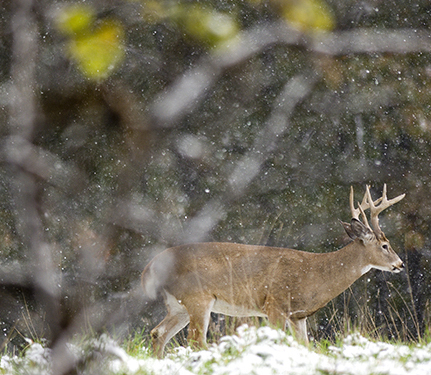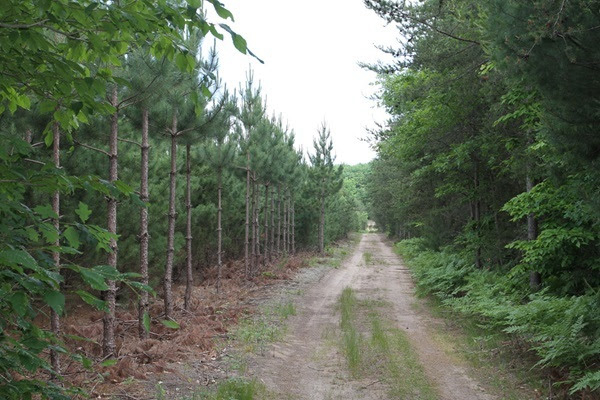DNR verifies trail camera photo of cougar in northern Marquette County

This trail camera photo of a cougar was taken at 2 a.m. on July 18 in northern Marquette County. The photo represents the 17th time the DNR has been able to verify the presence of cougars in the Upper Peninsula since 2008.
A recent trail camera photo of a cougar in northern Marquette County has been verified by the Department of Natural Resources’ cougar team.
The photo was taken at 2 a.m. on Wednesday, July 18 on private property. The landowner, who has asked to remain anonymous, met with DNR Wildlife Division staff this week to confirm the location where the photo was taken.
The photo is the 17th time the DNR has been able to verify the presence of cougars in the Upper Peninsula since 2008, coming only a month and a half after a previously confirmed photo from southern Marquette County.
“The growing body of evidence continues to indicate the presence of an unknown number of adult cougars in the Upper Peninsula,” said DNR wildlife biologist Adam Bump, one of four DNR biologists specially trained to investigate cougar reports. “In the five years since we confirmed our first cougar report we have yet to receive any evidence of breeding activity, as all images and other physical evidence have been from adult cats.”
To date, the DNR has confirmed eight separate sets of tracks, eight photos and one trail camera video from nine Upper Peninsula counties: Delta, Marquette, Schoolcraft, Mackinac, Chippewa, Ontonagon, Houghton, Keweenaw and Baraga.
“The increase in verified cougar sightings in recent years could be attributed to several factors, although the two most significant are probably the presence of more transient individual cougars moving east from established Western populations, and the growing number of trail cameras being used in the woods, making it easier to capture clear images of elusive cougars,” Bump said. “We appreciate how cooperative the public has been in sending their reports and photos to the DNR for review. This cooperation allows us to effectively monitor cougars in the state.”
Cougars, also known as mountain lions, were native to Michigan, but disappeared from the state in the early 1900s. The last confirmed wild cougar in Michigan prior to 2008 was an animal killed near Newberry in 1906.
Established cougar populations are found as close to Michigan as North and South Dakota, and transient cougars dispersing from these areas have been known to travel hundreds of miles in search of new territory. DNA evidence collected from a cougar hit and killed by a car in Connecticut in 2011 showed it had originated in South Dakota.
Although cougar sightings are regularly reported, verification is often difficult, due in part to a lack of physical evidence. Characteristic evidence of cougars include tracks – which are about three inches long by three and a half inches wide and typically show no claw marks – and suspicious kill sites, such as deer carcasses that are largely intact and buried with sticks and debris.
Protecting evidence such as tracks, scat and cached kills from the elements with a bucket or tarp greatly improves the chances that a reported sighting may be verified by DNR wildlife staff.
Wildlife biologists on the DNR’s cougar team investigate evidence that is reported or submitted, and may visit sites to verify the location and collect additional information. The team then evaluates the collected information and decides whether the presence of cougars can be confirmed.
Reports of cougar tracks and other evidence should be made to a local DNR office or by submitting the sighting on the DNR’s online reporting form at www.michigan.gov/cougars. If an emergency situation exists, call the department’s 24-hour Report All Poaching line at 800-292-7800.
Cougars are classified as an endangered species in Michigan. It is unlawful to kill, harass or otherwise harm a cougar except in the immediate defense of human safety. To learn more about cougars and how to identify their tracks, go www.michigan.gov/cougars.






